world leaders
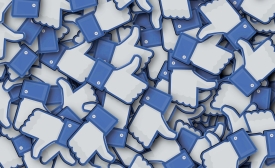
The latest study released by Twiplomacy analyzes Facebook audiences for the governments and leaders of 182 countries this year.
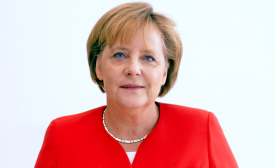
The Chancellor of Germany received the award for embodying "the best of leadership in times of unrelenting global crises and challenges."
Rebecca Adler-Nissen speaks at TEDxCopenhagenSalon.
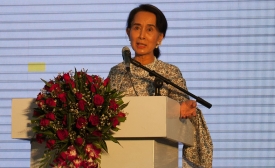
Nafay Choudhury looks at the soft power behind the Nobel Peace Prize and its importance in the plight of Rohingya Muslims in Myanmar.
The Soft Power 30 Report suggests that national leaders influence their nations' brands. Nation branding scholars have also examined this relationship, noting that the two brands can begin to merge as the qualities of a leader become associated with that of the nation. At its extreme, the leader’s brand can eclipse the national brand causing a “halo effect”.
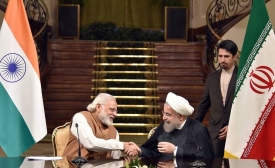
Ilan Manor explores the relationship between a country's national image and the image of its leader.
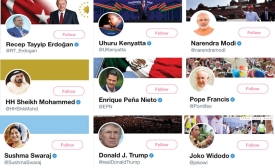
Burson-Marsteller has released its second annual Twiplomacy study.







